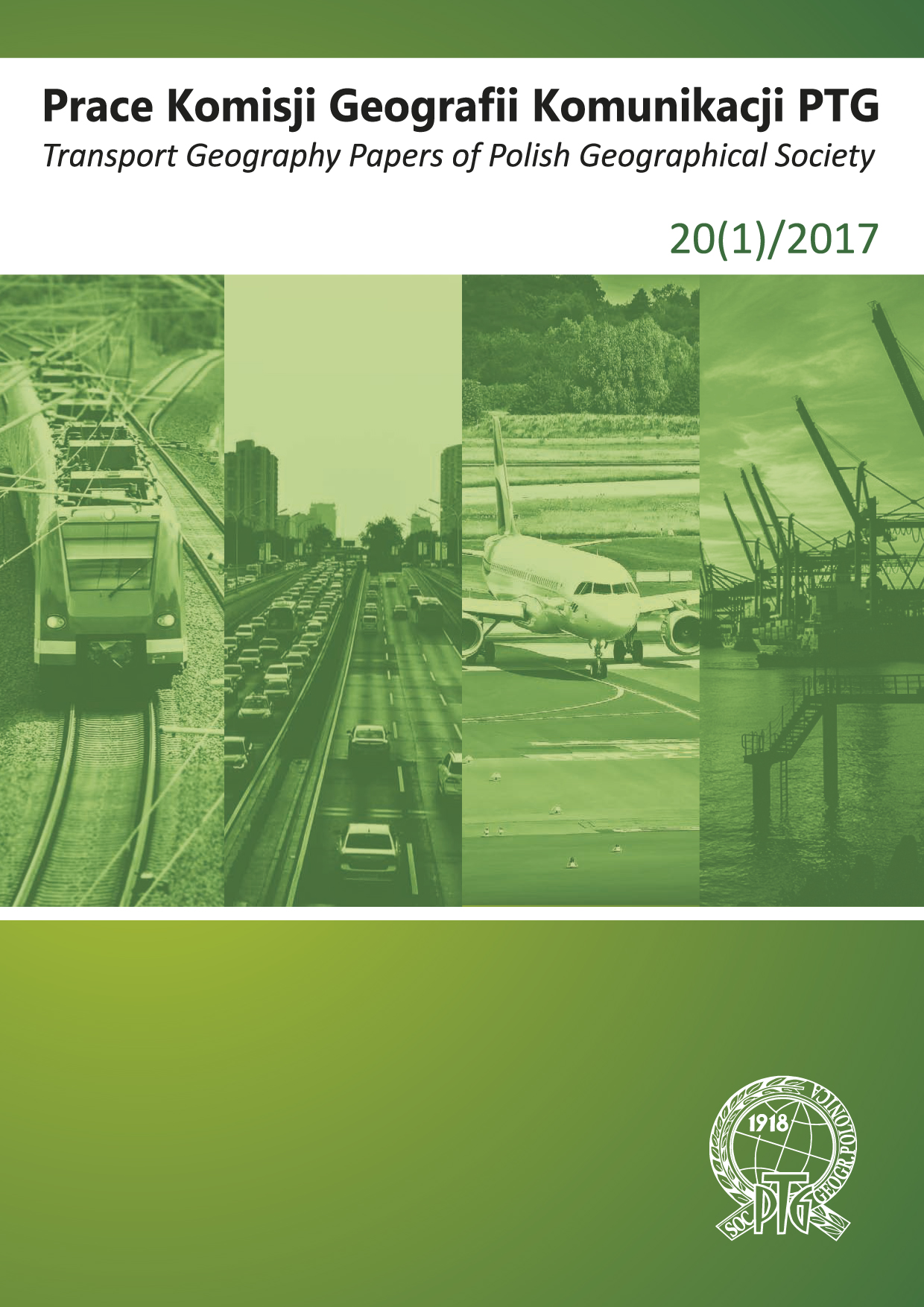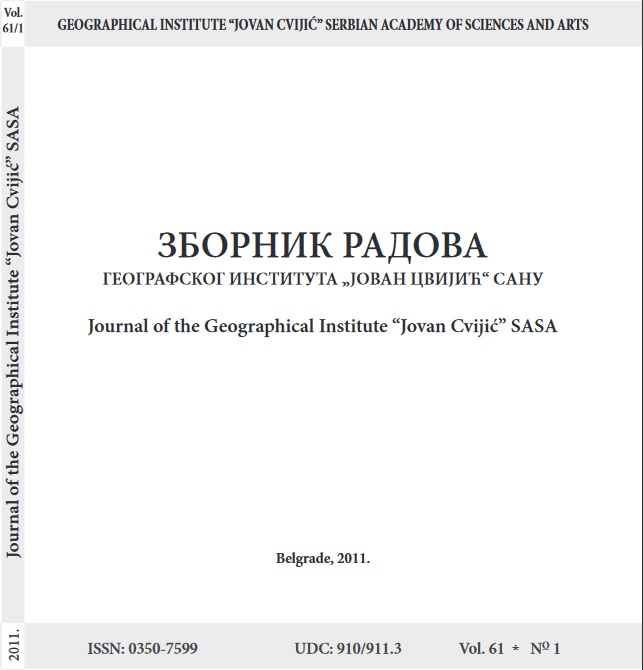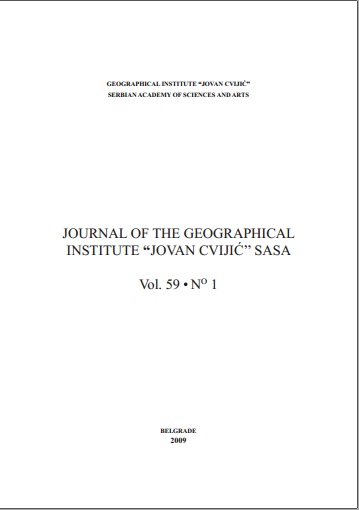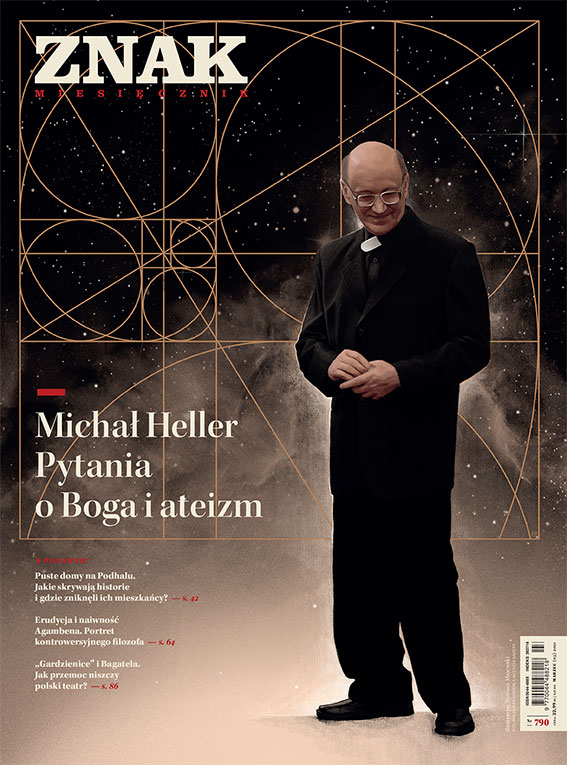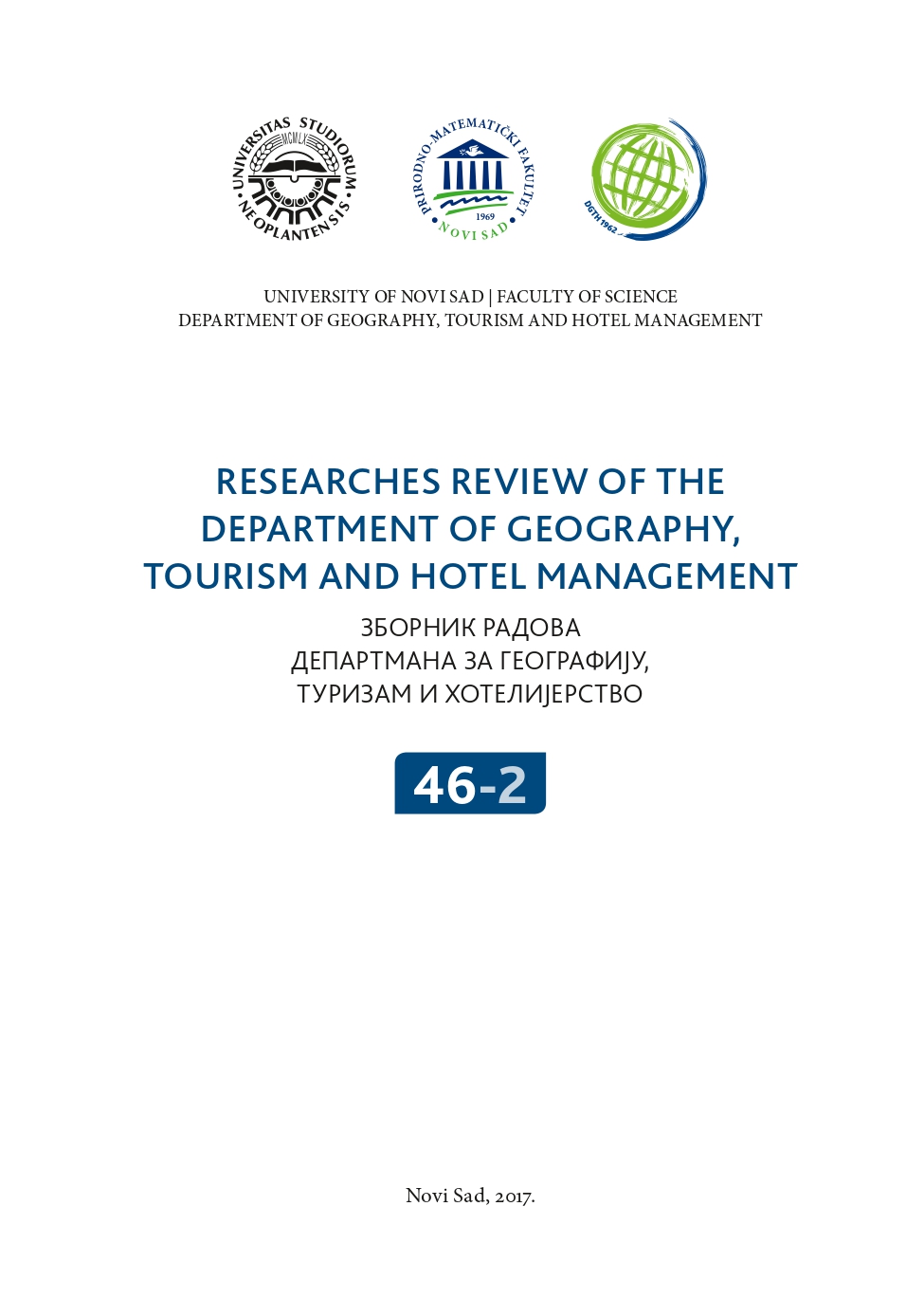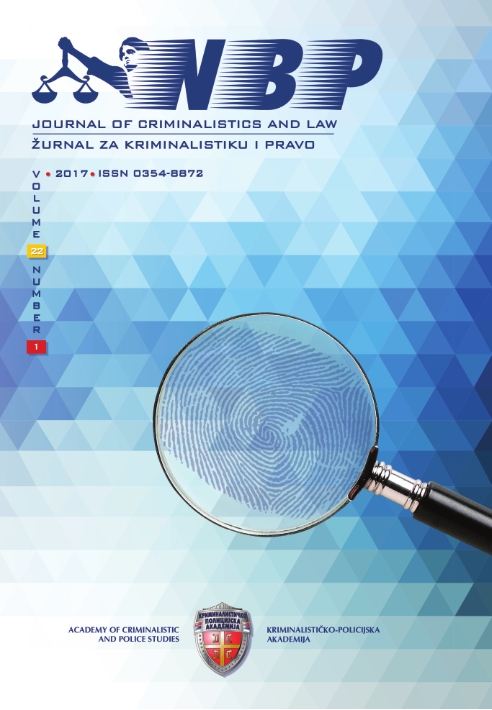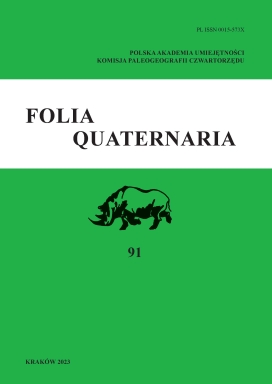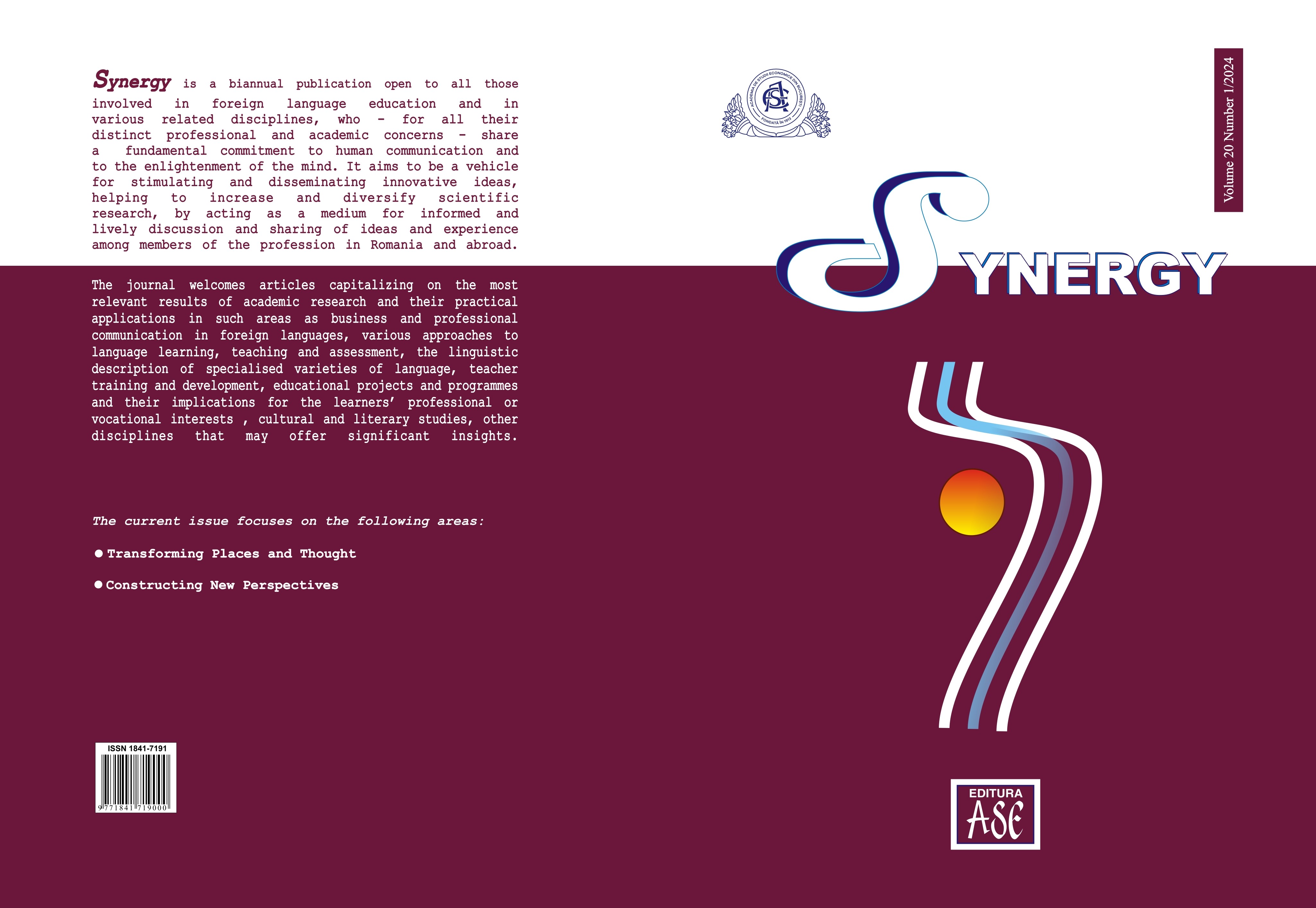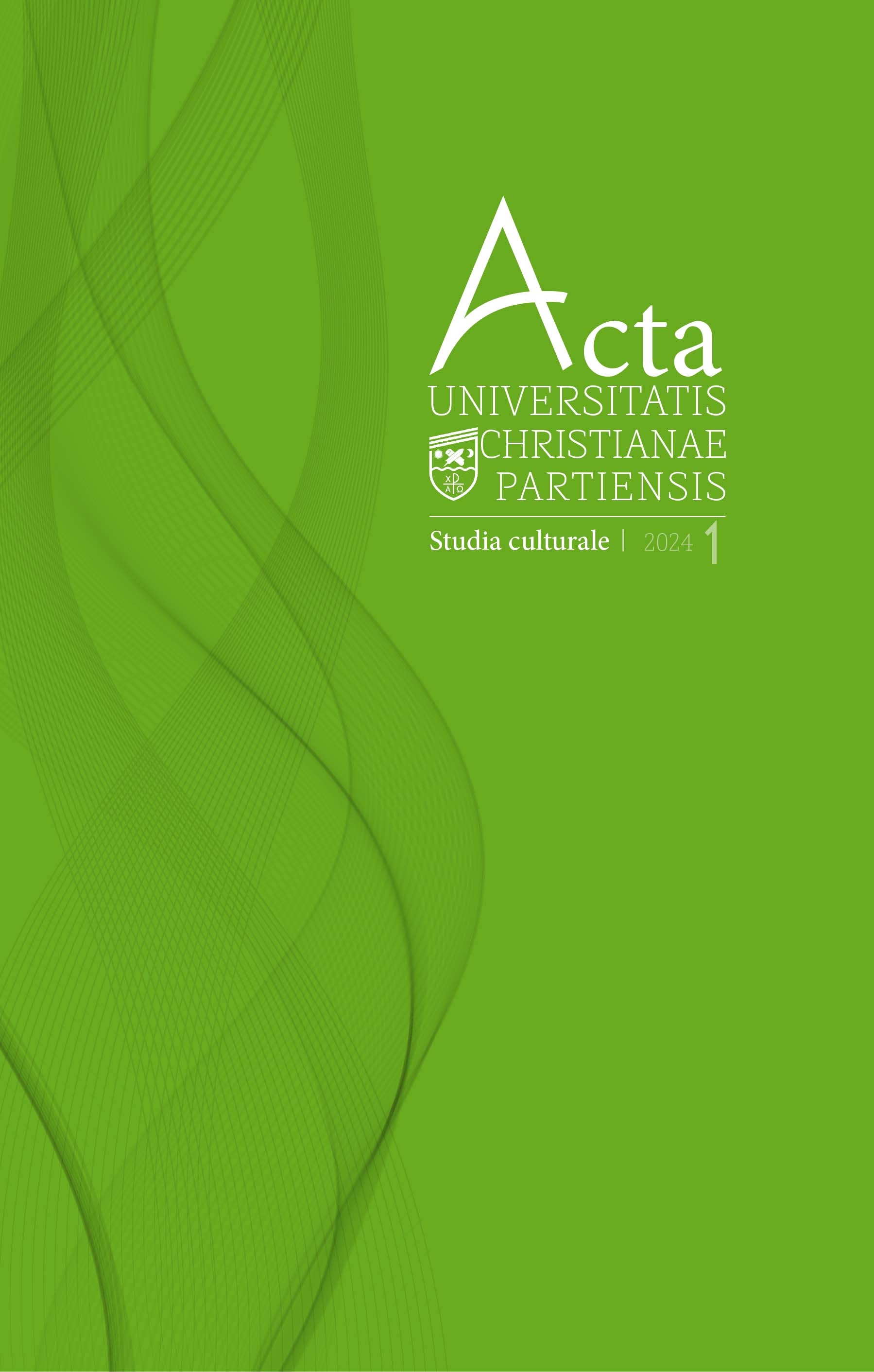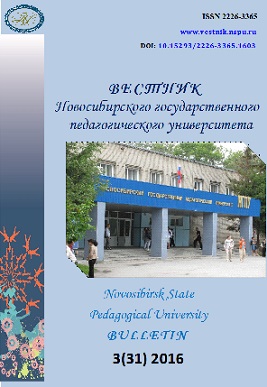
Географические карты в борьбе с противником накануне и в годы Первой мировой войны
The article discusses the role and significance of different types of domestic and foreign printed propaganda used by the European powers during the World War I. The authors emphasize the key role of Great Britain in information warfare against Germany and the response of the German command in order to neutralize British influence on feelings and outlook of their population. The examples of impact of different printed propaganda materials on the general public in the frontline area and in the rear of the enemy are provided. The main attention is paid to significant emphasis the combatant countries placed on creating and distributing vivid map caricatures, easily understandable by broad population and playing an important role in shaping enemy’s public opinion. The review and the analysis of some most widespread map caricatures of the World War I are presented. The methods applied to the Russian prisoners of war held in German camps are outlined.
More...

